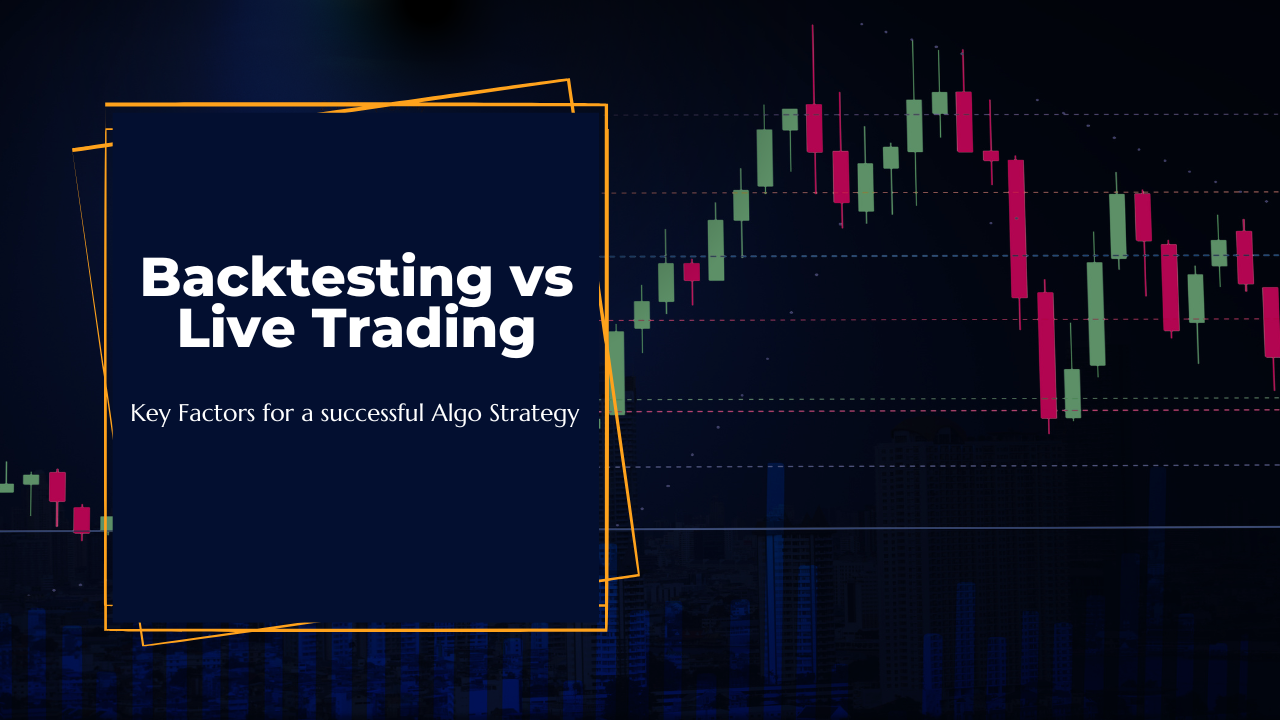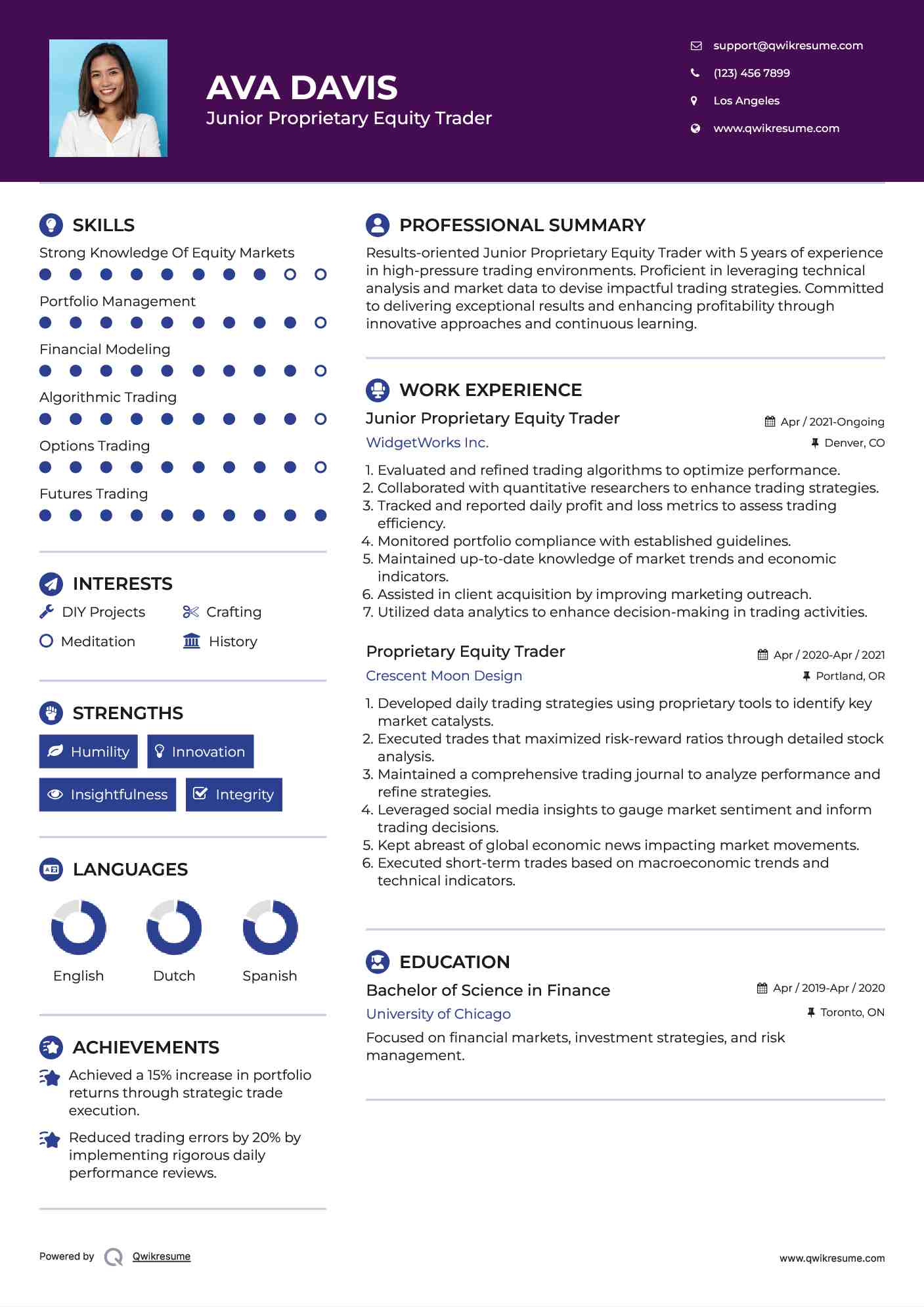Did you know that some traders spend more time tweaking their algorithms than they do on actual trading? While refining strategies is crucial, it’s easy to trip over common pitfalls that can derail even the best-laid plans. In this article, we’ll explore the most frequent mistakes in day trading algorithms, including the dangers of overfitting, the impact of data quality, and how emotional biases can skew decisions. We’ll also dive into the importance of backtesting, the consequences of outdated data, and the critical role of risk management. Finally, learn how to adapt your algorithms to changing markets and avoid programming errors that could cost you dearly. Trust DayTradingBusiness to guide you through these challenges for better trading outcomes.
What are the most common mistakes in day trading algorithms?
The most common mistakes in day trading algorithms include overfitting to historical data, ignoring transaction costs, failing to adapt to changing market conditions, relying too heavily on technical indicators without proper context, and not implementing robust risk management strategies. Additionally, many traders neglect to backtest adequately and overlook the importance of market psychology, which can lead to unexpected outcomes.
How can I avoid overfitting in my trading algorithms?
To avoid overfitting in your trading algorithms, focus on these strategies:
1. Use Cross-Validation: Split your data into training and testing sets to validate performance on unseen data.
2. Simplify Models: Opt for simpler algorithms to reduce complexity and prevent fitting noise rather than patterns.
3. Limit Features: Avoid using too many indicators or variables; stick to the most impactful ones.
4. Regularization Techniques: Apply methods like Lasso or Ridge regression to penalize overly complex models.
5. Out-of-Sample Testing: Test your algorithm on data it hasn't seen during training to ensure it generalizes well.
6. Walk-Forward Analysis: Continuously update and test your model with new data to adapt to changing market conditions.
7. Avoid Data Snooping: Don’t optimize your model based on historical data without proper validation.
Implementing these strategies will help create robust trading algorithms that perform well in live markets.
What role does data quality play in trading algorithm mistakes?
Data quality is crucial in trading algorithms because inaccurate or incomplete data can lead to poor decision-making. If the data feeds are unreliable, algorithms may misinterpret market signals, leading to losses. For example, outdated price data can result in executing trades based on false trends. Additionally, errors in data can cause algorithms to overlook critical indicators, increasing the risk of unexpected market movements. Ensuring high data quality helps optimize algorithm performance and minimize mistakes, ultimately enhancing trading success.
How do emotional biases affect algorithmic trading decisions?
Emotional biases can lead algorithmic traders to override programmed strategies based on fear or greed. For instance, if a market downturn triggers panic, a trader might prematurely sell, despite algorithms indicating to hold. Conversely, during a market rally, overconfidence may result in excessive risk-taking. These emotional responses can skew data interpretation, causing algorithms to stray from optimal trading patterns. Ultimately, emotional biases disrupt the objective decision-making that algorithms rely on, leading to significant losses.
What are the pitfalls of ignoring market volatility in algorithms?
Ignoring market volatility in algorithms can lead to significant pitfalls. First, it can result in poor risk management, exposing traders to unexpected losses. Algorithms may execute trades based on outdated data, failing to adapt to sudden market shifts. This can cause slippage, where trades are executed at unfavorable prices. Additionally, overlooking volatility can lead to overtrading in turbulent markets, increasing transaction costs and reducing profitability. Finally, algorithms that don't account for market fluctuations may miss critical opportunities, ultimately hindering performance.
How can poor risk management impact day trading algorithms?
Poor risk management in day trading algorithms can lead to significant losses, increased volatility, and emotional trading decisions. Algorithms without proper risk parameters may over-leverage positions, resulting in margin calls or complete account wipeouts. Inadequate stop-loss settings can allow losses to spiral, while ignoring diversification can amplify risks from single trades. Additionally, failure to adapt to changing market conditions can cause algorithms to execute trades that are no longer viable, compounding losses. Overall, without robust risk management, day trading algorithms can become highly unreliable and detrimental to trading success.
Why is backtesting important for trading algorithm success?

Backtesting is crucial for trading algorithm success because it evaluates the strategy using historical data, revealing its potential effectiveness and profitability. It helps identify flaws and optimize parameters before deploying the algorithm in real-time. By simulating trades, traders can see how the algorithm would have performed under various market conditions, reducing the risk of significant losses. Neglecting backtesting often leads to common mistakes, like overfitting or ignoring market volatility, which can undermine an algorithm's reliability.
What mistakes do traders make when selecting indicators?
Traders often make several key mistakes when selecting indicators for day trading algorithms.
1. Overcomplicating Systems: Many traders use too many indicators, leading to confusion and conflicting signals. Stick to a few reliable ones.
2. Ignoring Market Conditions: Some traders fail to adjust indicators based on different market environments, which can result in ineffective strategies.
3. Relying Solely on Lagging Indicators: Using only lagging indicators can delay decision-making. Incorporate leading indicators for timely insights.
4. Neglecting Backtesting: Traders often skip backtesting indicators on historical data, missing out on understanding their performance.
5. Focusing on Aesthetics: Some traders choose indicators based on looks rather than functionality, which can undermine trading effectiveness.
6. Not Adapting to Personal Style: Traders sometimes select indicators that don’t align with their trading style or risk tolerance, leading to poor execution.
Avoid these mistakes to improve your indicator selection and enhance your day trading strategies.
How can I ensure my trading algorithm adapts to changing markets?
To ensure your trading algorithm adapts to changing markets, implement dynamic risk management strategies that adjust position sizes based on market volatility. Use machine learning techniques that allow your algorithm to learn from new data and identify emerging patterns. Regularly backtest your algorithm with updated historical data to evaluate its performance under different market conditions. Incorporate real-time data feeds to adjust trading decisions promptly. Finally, set up alerts for significant market events to trigger immediate algorithmic adjustments.
What are the consequences of using outdated data in algorithms?
Using outdated data in day trading algorithms can lead to poor decision-making, resulting in significant financial losses. It may cause the algorithm to miss current market trends, misprice assets, or fail to respond to changing market conditions. This can result in increased risk and volatility in trading strategies, leading to missed opportunities and incorrect trade executions. Ultimately, relying on stale data undermines the algorithm's effectiveness and can erode investor confidence.
How do execution errors influence day trading algorithm performance?

Execution errors can significantly degrade day trading algorithm performance by causing slippage, where orders are filled at less favorable prices than expected. This can lead to missed profit opportunities or increased losses. Delays in order execution can also result in the algorithm missing critical market movements. Additionally, improper handling of market conditions, like extreme volatility, can exacerbate these errors, leading to poor trade execution and overall strategy failure. To mitigate these issues, algorithms must incorporate robust error-handling mechanisms and real-time market data analysis.
Learn about How Do Prop Firms Evaluate Day Trading Performance?
What is the importance of diversification in trading algorithms?
Diversification in trading algorithms is crucial because it spreads risk across different assets or strategies, reducing the impact of a single loss. By incorporating various algorithms that respond differently to market conditions, traders can enhance overall performance and stability. This approach minimizes drawdowns and leverages uncorrelated returns, making the portfolio more resilient to market volatility. Without diversification, a single poor-performing algorithm can significantly harm overall results.
How can unrealistic profit expectations lead to algorithmic failures?
Unrealistic profit expectations can lead to algorithmic failures in day trading by encouraging over-leveraging, which increases risk. When algorithms are designed to chase unattainable returns, they often ignore market volatility and data anomalies, resulting in poor decision-making. This can lead to excessive trading, higher transaction costs, and ultimately, significant losses. Additionally, overly ambitious targets may prompt developers to cut corners on risk management, further destabilizing the algorithm's performance.
What are the common programming mistakes in trading algorithms?
Common programming mistakes in trading algorithms include:
1. Overfitting: Tailoring the algorithm too closely to historical data, which reduces its effectiveness on new data.
2. Ignoring Slippage: Failing to account for slippage can lead to unrealistic performance expectations.
3. Improper Risk Management: Not implementing stop-loss orders or position sizing correctly can result in significant losses.
4. Neglecting Market Conditions: Algorithms that don’t adapt to changing market conditions may perform poorly.
5. Hardcoding Parameters: Fixing parameters instead of allowing them to adjust dynamically can limit the algorithm’s flexibility.
6. Lack of Testing: Inadequate backtesting and live testing can lead to unforeseen issues during real trading.
7. Not Handling Exceptions: Failing to manage exceptions can cause crashes or unexpected behaviors during trading.
8. Ignoring Latency: Not considering latency in data feeds and execution can affect trade timing and profitability.
9. Data Quality Issues: Using inaccurate or incomplete data can skew results and lead to poor decision-making.
10. Complexity: Overcomplicating the algorithm can make it difficult to troubleshoot and maintain.
Addressing these mistakes can improve the reliability and effectiveness of trading algorithms.
How can I improve my algorithm's performance through optimization?
To improve your day trading algorithm's performance through optimization, focus on these common mistakes:
1. Overfitting: Avoid tailoring your algorithm too closely to historical data. Use cross-validation to ensure it generalizes well to new data.
2. Ignoring slippage and commissions: Incorporate realistic trading costs in your backtesting to reflect true performance.
3. Lack of diversification: Test your algorithm across different markets or assets to reduce risk and improve returns.
4. Neglecting risk management: Implement stop-loss orders and position sizing strategies to protect against significant losses.
5. Not updating regularly: Continuously refine your algorithm based on market changes and new data.
6. Inadequate testing: Use out-of-sample testing to validate your algorithm's effectiveness beyond the initial training data.
Addressing these issues can significantly enhance your algorithm's performance in day trading.
What should I consider when setting stop-loss limits in algorithms?

When setting stop-loss limits in algorithms, consider the following:
1. Volatility: Analyze the asset's volatility to avoid premature stops due to normal price fluctuations.
2. Market Conditions: Adjust limits based on current market trends and conditions for better alignment with price movements.
3. Risk Tolerance: Define your risk tolerance clearly to set limits that match your trading strategy.
4. Time Frame: Align stop-loss limits with the time frame of your trades; shorter trades may require tighter limits.
5. Backtesting: Test different stop-loss strategies using historical data to find the most effective approach.
6. Dynamic Adjustments: Implement dynamic stop-loss adjustments that respond to price changes and market signals.
7. Psychological Factors: Be aware of psychological biases that can affect decision-making and impact your stop-loss execution.
By considering these factors, you can create more effective stop-loss limits in your trading algorithms.
Conclusion about Common Mistakes in Day Trading Algorithms
In summary, understanding the common mistakes in day trading algorithms is crucial for success. By focusing on quality data, avoiding overfitting, managing emotional biases, and maintaining robust risk management, traders can significantly enhance their algorithmic strategies. Additionally, backtesting and adapting to market changes are essential for long-term performance. Always remember that unrealistic expectations and outdated methods can lead to failure. For deeper insights and guidance on navigating these challenges, explore the resources available at DayTradingBusiness.
Learn about Common mistakes that increase stop-loss risk in day trading
Sources:
- Utilizing artificial neural networks and genetic algorithms to build an ...
- Rise of the Machines: Algorithmic Trading in the Foreign Exchange ...
- Using genetic algorithms to find technical trading rules - ScienceDirect
- Stock price prediction with optimized deep LSTM network with ...
- Wind power forecasting using ensemble learning for day-ahead ...
- A comparative study of ensemble learning algorithms for high ...